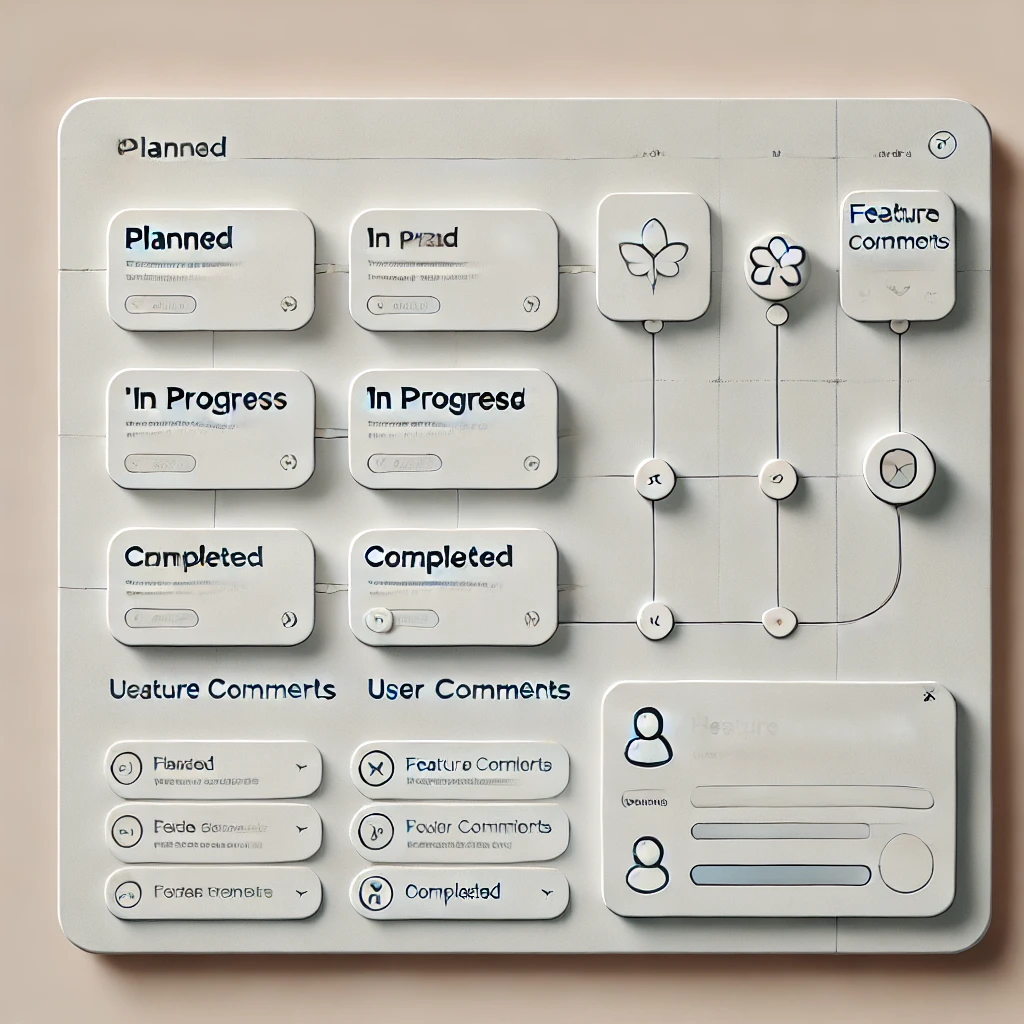Building a great product is no easy feat, but what separates a good product from a truly exceptional one? The answer lies in how effectively businesses incorporate user feedback. For SaaS product managers and startup teams, feedback is not just an afterthought—it’s the driving force behind faster and better product iterations.
Strong feedback loops can shorten development cycles, steer teams away from costly missteps, and help create products customers genuinely love. However, managing and acting on feedback manually can be overwhelming, especially in dynamic, fast-paced industries. That’s where feedback management tools come in.
This blog explores why feedback management is essential, what features to prioritize in these tools, and how to implement feedback effectively for faster iterations. It also highlights real-life examples of how these tools have driven rapid product improvements.

Why Feedback Management Is Crucial
Feedback Fuels Product Innovation
Customer feedback provides real-world insights into your product’s performance and usability. It highlights what works, what doesn’t, and what users wish they could do. Without direct input from your audience, improving a product often becomes guesswork, leading to updates that fail to address real needs.
A report by Gartner shows that customer-centred businesses experience 60% higher profitability because they tailor products to meet user expectations, improving satisfaction, retention, and loyalty.
Collating Insights Can Be Overwhelming
On average, SaaS platforms receive hundreds of pieces of feedback every day via support chats, emails, social media, app reviews, and surveys. Without a proper system to organize and prioritize feedback, key insights often get lost in the noise. Having a centralized feedback management system is essential to overcome this challenge.
Feedback Accelerates Development
With the right tools, product teams can identify inefficiencies and prioritize high-impact features rather than wasting time on less valuable updates. By focusing on validated user needs, businesses see faster adoption of updates post-launch, improving both user satisfaction and retention.
Features to Look for in Feedback Management Tools
Centralized Feedback Collection
Look for tools that consolidate feedback from multiple sources into one organized dashboard. Whether it’s from emails, surveys, app reviews, or live chat, the tool should reduce fragmentation and provide a single source of truth.
Feedback Categorization and Analytics
Categorizing feedback into themes—such as bug fixes, feature requests, or improvements—helps teams identify trends and priorities quickly. Analytics dashboards provide insights into recurring issues, enabling smarter decisions on what to tackle first.
Roadmap Integration
A strong feedback tool should inform your product roadmap. Seamless integration with roadmapping software, such as Jira or Trello, can streamline workflows between planning and execution.
Voting Systems
Allowing users to upvote features they value most provides clarity on what will have the most significant impact, helping prioritize efforts effectively.
Automation and AI Insights
AI-powered tools that highlight trends, flag issues, or suggest solutions can save product teams significant time while ensuring no critical insights slip through the cracks.
How to Implement Feedback for Faster Iterations
Step 1: Collect Feedback Continuously
Feedback is an ongoing process, not a one-time activity. Use tools like feedback widgets, beta programs, and surveys to gather new insights at every product lifecycle stage.
Step 2: Create a Prioritization Framework
Not every suggestion warrants immediate attention. Use frameworks like RICE (Reach, Impact, Confidence, Effort) to evaluate which feedback points will deliver the greatest returns with the least effort.
Step 3: Communicate Goals Clearly
Ensure your team understands why certain feedback points are being prioritized. This fosters alignment and helps reduce resistance during the development process.
Step 4: Use Agile Development
Break down feedback-driven tasks into sprints to ensure quick and focused iterations. Agile practices help teams stay adaptable and responsive to user needs.
Step 5: Close the Loop with Users
After implementing feedback, inform the users who provided it. Show them how their input shaped the product, building trust and encouraging more feedback in the future.
Case Studies: Accelerating Product Timelines with Feedback
Slack’s User-Centered Approach
Slack scaled to millions of daily users by constantly soliciting and acting on feedback during its development. The result? A platform tailored to real-world collaboration needs.
Airbnb’s Rapid Iterations
Airbnb uses host and guest feedback to refine features continuously. From improving search filters to adding cancellation policies, their quick response to user input keeps them competitive.
HubSpot’s Customer-Led Roadmap
HubSpot leverages feedback tools to analyze user requests and shape its product roadmap. Feedback-driven updates have significantly improved CRM adoption and user satisfaction.
Feedback as a Driver for Product Innovation
Feedback isn’t just about customer satisfaction—it’s a powerful mechanism for driving product innovation, shaping roadmaps, and accelerating development timelines. For SaaS teams striving to create products users love, the importance of feedback management cannot be overstated.
Investing in a feedback management tool equips your team with the structure and insights needed to stay ahead of competitors and foster a loyal user base. Better products, in less time, start with better feedback.
Let user-driven insights fuel your product’s next stage of growth. If you’re exploring tools for managing feedback, prioritize those that align with your team’s workflows and goals—because the right tool can make all the difference.




